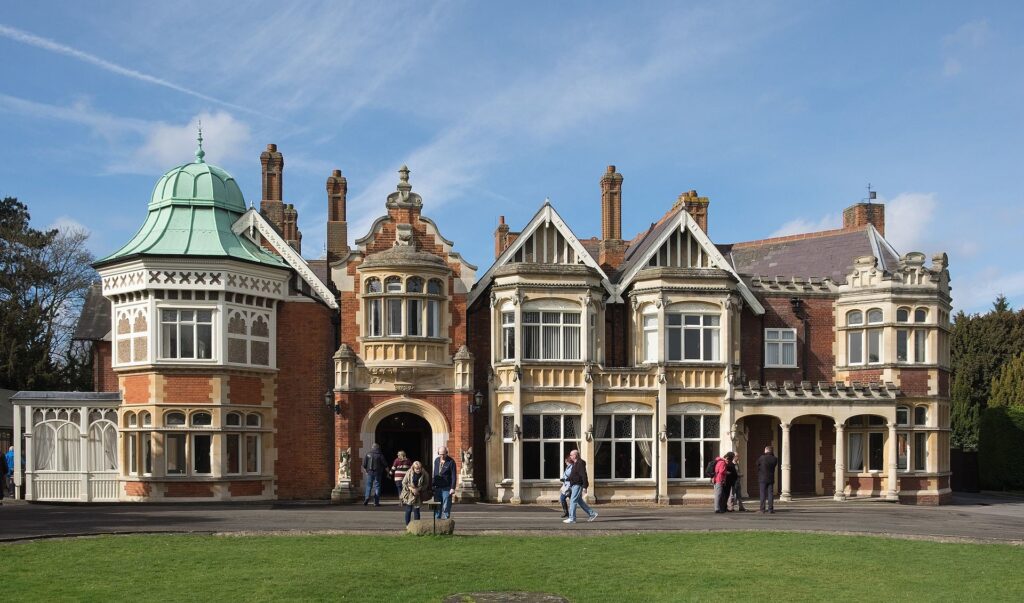In the annals of history, few stories are as riveting and consequential as the battle of wits that unfolded during World War II—a battle not fought with guns or tanks, but with intellect and ingenuity. This is the story of unsung geniuses who waged a covert war that changed the course of history.
1. A Prelude to Conflict: The Rise of the Enigma Machine
In the early 20th century, the Enigma machine emerged as the epitome of cryptographic complexity. Invented by the German engineer Arthur Scherbius, it was adopted by Nazi Germany to secure military communications. With its seemingly unbreakable code, Enigma became the backbone of Axis power, transmitting commands that orchestrated battles and strategies across Europe and beyond. The Allies, recognizing the dire implications, embarked on a desperate quest to decipher its secrets.

2. The Decoders’ Crucible: Bletchley Park and the Birth of Modern Cryptanalysis
Bletchley Park, a Victorian estate in Buckinghamshire, England, became the epicenter of the Allies’ cryptographic efforts. It was here that a brilliant and diverse team of mathematicians, linguists, and engineers assembled under the utmost secrecy. Led by figures like Alan Turing, Gordon Welchman, and Dilly Knox, these codebreakers faced a Herculean task. The Enigma’s rotors and plugboard combinations seemed insurmountable, but through innovative thinking and sheer perseverance, they began to crack the code.
3. Alan Turing: The Mind Behind the Machine
Central to the success at Bletchley Park was Alan Turing, whose theoretical groundwork laid the foundation for modern computing. Turing’s creation of the Bombe machine, an electromechanical device designed to decipher Enigma-encrypted messages, was pivotal. His contributions extended beyond codebreaking; his work in artificial intelligence and theoretical computer science remains influential today. Turing’s genius, coupled with his eccentric personality and tragic fate, makes him a focal point of this historical saga.

4. Unsung Heroes: The Diverse Minds of Bletchley Park
While Turing is often the most celebrated figure, Bletchley Park’s triumph was a collective effort. Women played crucial roles, from the clerical staff to the codebreakers like Joan Clarke, whose mathematical prowess was instrumental in deciphering the Enigma. Additionally, Polish cryptographers had made significant breakthroughs before the war, sharing their insights with the British and providing a vital head start in the codebreaking efforts.

5. Beyond the Enigma: The Impact on the War and Legacy of Codebreaking
The successful decryption of Enigma had profound implications for the war. It allowed the Allies to anticipate and counter German maneuvers, from U-boat attacks in the Atlantic to strategic operations on the European front. The intelligence derived from Enigma, codenamed Ultra, is credited with shortening the war and saving countless lives. The legacy of this achievement extends into the post-war era, influencing the development of computer science, cryptography, and intelligence practices.
Conclusion: Celebrating the Silent Warriors
We honor the hidden heroes who changed the course of World War II through their remarkable intellect and dedication. Their story is a testament to the power of human ingenuity and collaboration in the face of seemingly insurmountable odds. As we reflect on their contributions, we recognize the enduring impact of their work on our modern world, and we celebrate the silent warriors who changed history from behind the scenes.